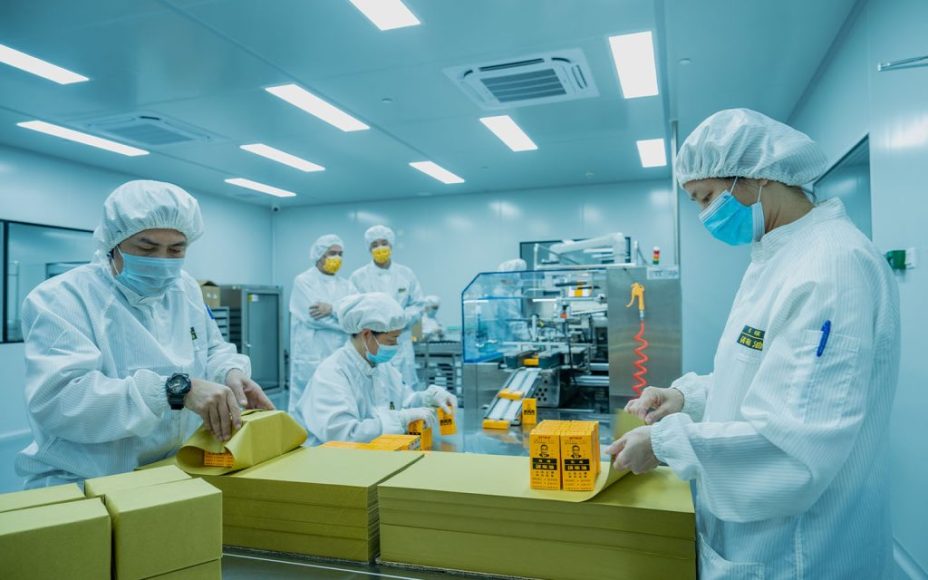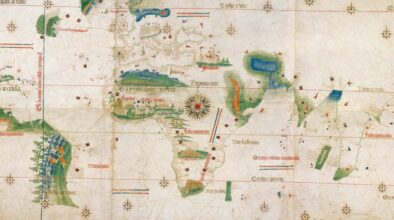When a herbalist named Cheong Kun first launched his special pain-relieving oil back in the 1960s, he wasn’t anticipating mass production. Or that his product would someday be popular in far-flung lands like Mozambique. According to his grandson, Cheong simply wanted to come up with an affordable way for Macao’s seamen to treat their strains, sprains, cuts and bruises while out on the ocean.
And yet, almost 65 years later, the company bearing his name was honoured by Macao’s government for its outstanding contributions to industry. Cheong Kun Pain Reliever Oil received a Medal of Merit in December of last year, a tribute to its status as a household staple across Macao.
From humble beginnings and a desire to do good

Born in 1921, in Guangdong Province, Cheong moved to Macao with his mother as a teen. The successful Traditional Chinese Medicine (TCM) practitioner spent several years studying theory and pharmacology under a local expert, though he never received any formal training in the field. Before setting up his own clinic, however, Cheong pivoted into a different career – cooking meals aboard a cargo ship.
Ironically, this somewhat left-field decision eventually bounced him back onto the TCM track. Seafaring gave Cheong firsthand experience of how hard it was for people living aboard boats for long periods of time to get medical treatment. He saw sailors at the mercy of injuries they sustained at sea, suffering terribly for lack of effective remedies. At the same time, to cope with the monotony of life at sea, Cheong kept pouring over books on Chinese herbs’ medicinal properties and the ways in which they’ve been used to alleviate pain for millennia.
Cheong returned to solid land in 1950, to establish a humble shophouse clinic on the Inner Harbour street of Praia do Manduco. It was there he began formulating a medicinal oil that would – in theory – help stem bleeding, ease pain, heal burns and more. It took a lot of experimentation before Cheong declared himself satisfied with his product. The final recipe was made up of 10 ingredients, including papaya, safflower and peach kernel.
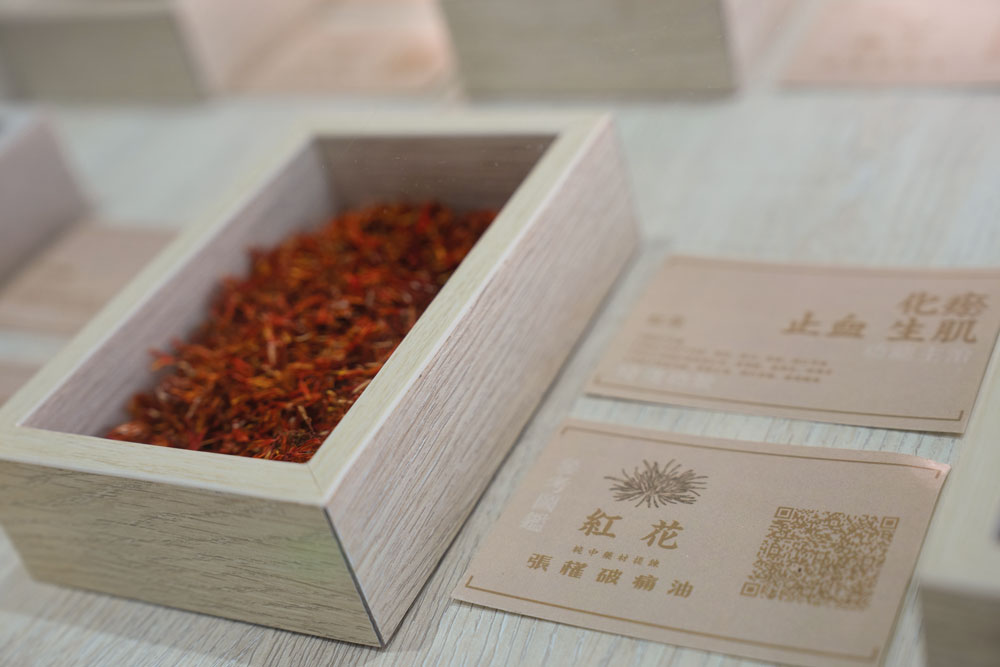
The medicine man’s son, Cheong Kin Nang, remembers that experimental period well. “My father gave the product to friends and relatives to try out,” the 66-year-old tells Macao magazine. “Then the oil’s effectiveness started getting out by word of mouth, so we began to package it more officially and entered the market.”
Woven throughout the pain reliever oil’s history are stories of it coming to someone’s aid in their time of need. The likes of a motorcyclist who collided with a car door that unexpectedly swung open as he rode past, the second-generation Cheong recalls. The man’s neck had sustained a puncture wound and was bleeding profusely. “He already had a habit of using our pain reliever oil, but didn’t have any in his motorbike… so, he immediately went to the nearest pharmacy to buy a bottle,” Cheong says. As legend has it, the motorcyclist rubbed Cheong Kun’s oil on his wound while waiting for an ambulance to arrive. The puncture had stopped bleeding by the time he reached Conde de São Januário Hospital, where a doctor asked him how on earth he’d managed to stop the flow of blood so effectively on his own.
Two handovers and a sea change

Cheong Kin Nang is now the company’s chairman and production supervisor. He took over in 1997, after his father’s health took a turn for the worse. The elder Cheong passed away just one year later.
At first, Cheong Kin Nang produced pain reliever oil the same way his dad had done: in small-scale, hand-made batches. But that all changed in the early 2000s – after the territory became a Special Administrative Region (SAR) of China in 1999. What had been a fairly unregulated industry under the former Portuguese administration became subject to far more government oversight.
“After the handover, the SAR government entered the stage and gave me guidelines,” recalled Cheong. “It said that if we wanted to manufacture our type of TCM, we would need to find a factory space and produce the oil under specific conditions before selling it.”
Eager to comply with the new rules lest he lose the family business, Cheong quickly shifted all production to a newly built factory in Toi San District, in Macao’s far north. Setting up the factory was difficult, but there was a silver lining: it massively increased the amount of oil the company could make. Gone were the days of laboriously brewing Cheong Kun Pain Reliever Oil on a kerosene stove behind the old clinic. Cheong now views the move as the major turning point in the company’s history.
However, he wants it made clear that the oil’s recipe remains exactly the same. “None of the ingredients or herbs have changed at all, the only difference is in the way we heat them,” he says. The company’s original premises are still used to this day, though instead of a TCM clinic they serve as a retail outlet for Cheong Kun’s incredibly popular oil.
Building on a legacy
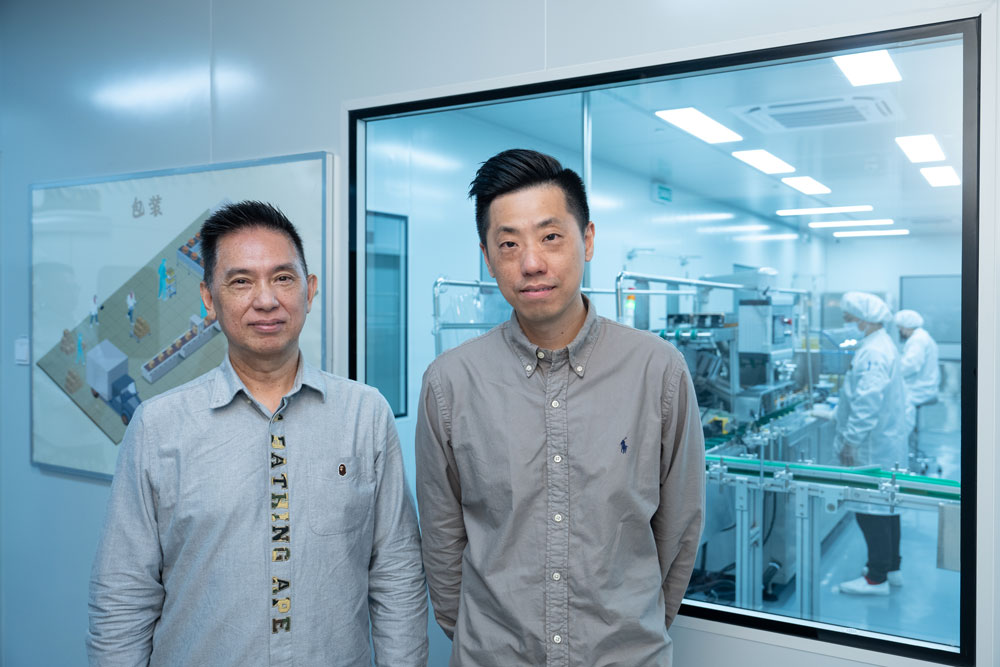
Cheong’s latest act of expansion was to open up a second factory mid-last year, in Coloane. At 2,000 square metres in area, it’s five times bigger than the Toi San facility (which is still running) and operates in compliance with the World Health Organization’s internationally recognised standard for medicine production – known as Good Manufacturing Practice, or GMP.
Cheong now works closely with his own son, Rocky Cheong Lok Kei. The pair are determined to make their family business officially GMP certified, which they understand to be key to opening up new markets. Cheong Kun Pain Reliever Oil is currently sold in Macao, Hong Kong and Mozambique. Singapore is next on the Cheongs’ list, followed by more Lusophone countries including Brazil.
The company now employs a workforce of 50 people across its two factories. Running at full capacity, they have the capacity to churn out 10 million bottles of Cheong Kun Pain Reliever Oil in a year.
While production is semi-automated these days – and the bottles being churned out are made of plastic rather than glass – the oil’s recipe isn’t the only thing to have stayed the same. Those little bottles are still adorned with a distinctive yellow label designed by Cheong Kun, and feature his own highly recognisable bespectacled face.
A family affair
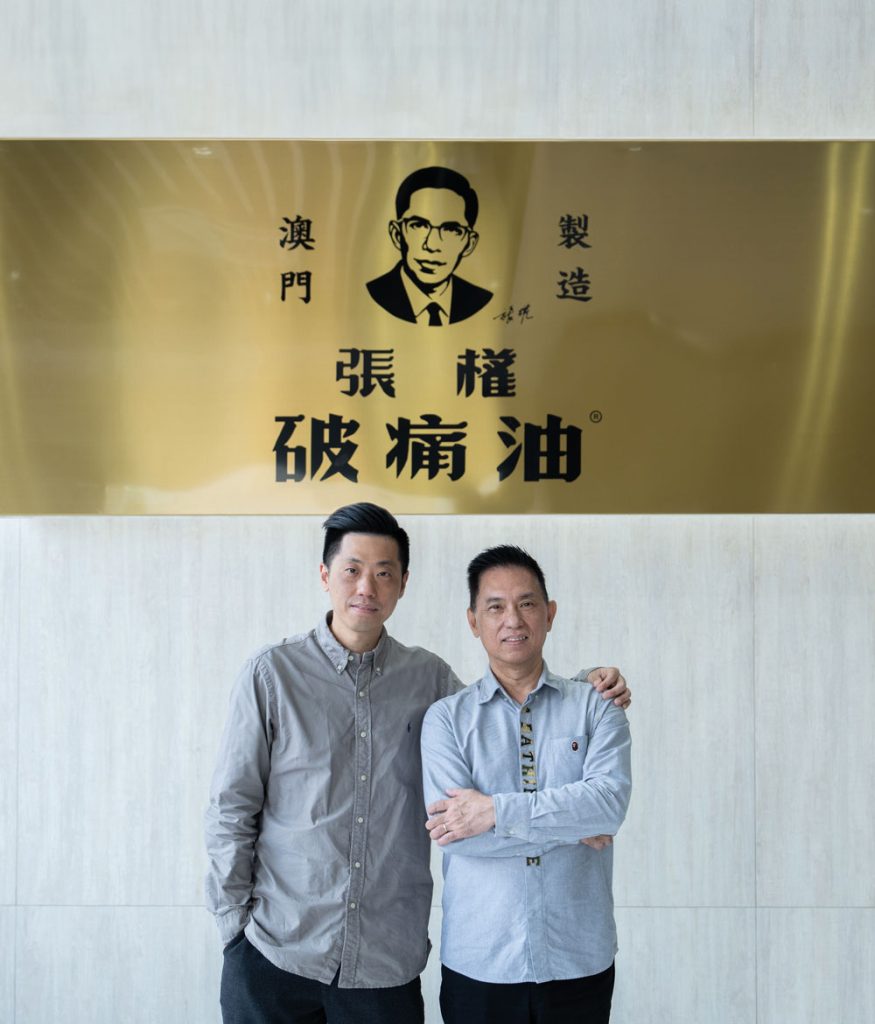
Cheong Kun Pain Reliever Oil respects its past while looking towards the future. Not only is the company expanding its geographical reach, but it’s preparing to broaden its offerings. The latter is the realm of its founder’s grandson, Rocky, who plans to take over when his father retires.
The 40-year-old grew up working alongside his father and grandfather in the factory, especially during school holidays. He began working there full-time in 2011, climbing the ladder from quality assurance manager to technical director.
It was Rocky who spearheaded collaborations with prestigious research institutes at Nanfang Hospital of Southern Medical University and the University of Canberra, working to prove the scientific efficacy of Cheong Kun Pain Reliever Oil for bodily aches and pains. And he’s the one pushing to develop new ways of administering the oil: “We are hoping there will be a plaster, which will work best for athletes, and also a balm,” Rocky notes. The company has certainly grown beyond serving its local seafarers.
Rocky acknowledges that working with family comes with its headaches. He and his dad can butt heads when it comes to Kun Pain Reliever Oil’s direction. But at the end of the day, Rocky says, “We are family – we don’t bring business home.”
Of course, their multigenerational approach is also highly rewarding. In fact, Rocky says he’d love for his own 10-year-old son to someday get involved in the business. He’s prepared to leave that decision up to the fourth-generation Cheong, however. Just as his own father left it up to him.
So long as Cheong Kun Pain Reliever Oil stays in the Cheong family, it will proudly display ‘Made in Macao’ across its iconic boxes, promises Rocky. “That was [specified] in my grandfather’s will. He always said that since the oil was developed in Macao, to serve Macao people, it should keep being made in Macao.”
